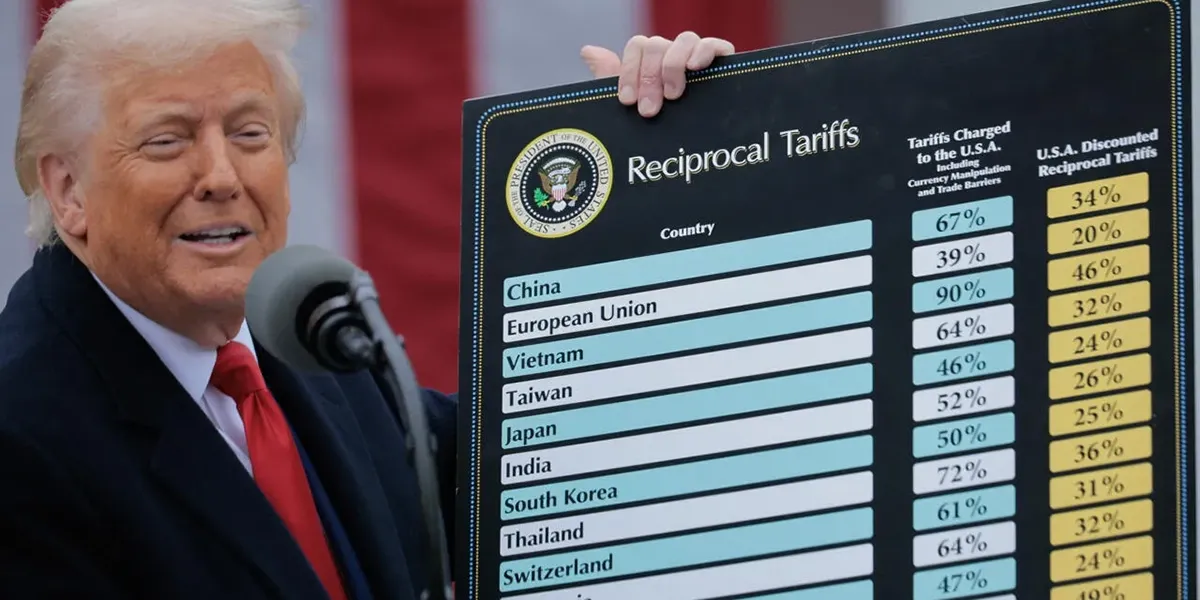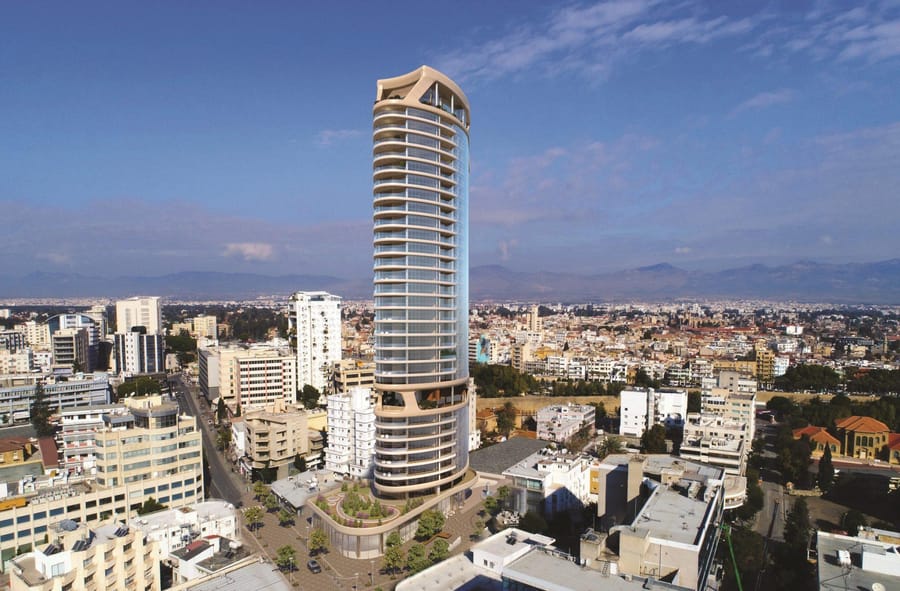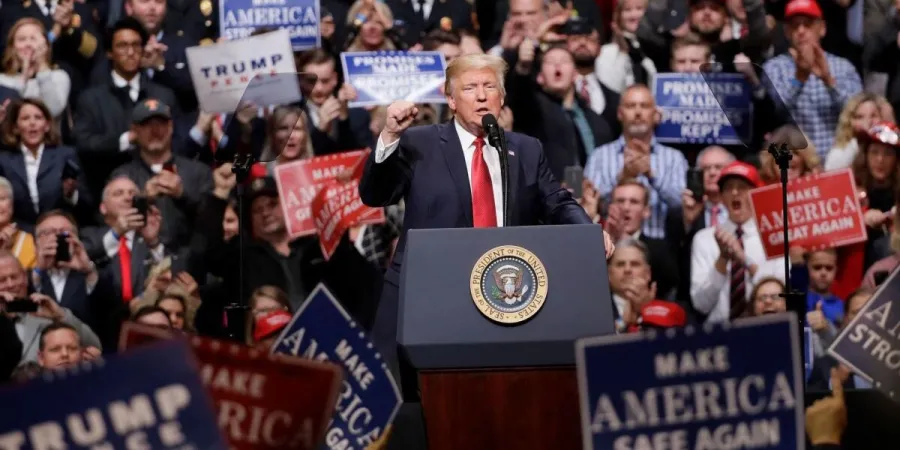“Green” construction and the shift toward clean energy construction are becoming increasingly important to Americans. More and more homes are equipped with solar panels and built according to green home development standards, using sustainable technologies and materials. But suddenly, a barrier appeared on this path — the US tariffs on green technology. The new tariff policy in 2025 has affected key technologies and materials, making the cost issue a critical concern. So, what’s changed?
Current US Tariff Landscape for Green Tech under the Trump Administration
In April 2025, the Trump administration maintained and even expanded solar import tariffs in the USA. Today, imported solar panels from China, Vietnam, and Malaysia are subject to a 14.25% duty. Inverters and batteries face tariffs ranging from 6% to 12%. Officially, the goal is to protect American manufacturers and strengthen energy independence.
However, critics argue that this only hinders the development of green technologies in the country. As Abigail Ross Hopper, President of the Solar Energy Industries Association, noted:
"Tariffs are creating a crisis in a thriving sector of the economy, ultimately leading to the loss of tens of thousands of jobs among hardworking Americans."
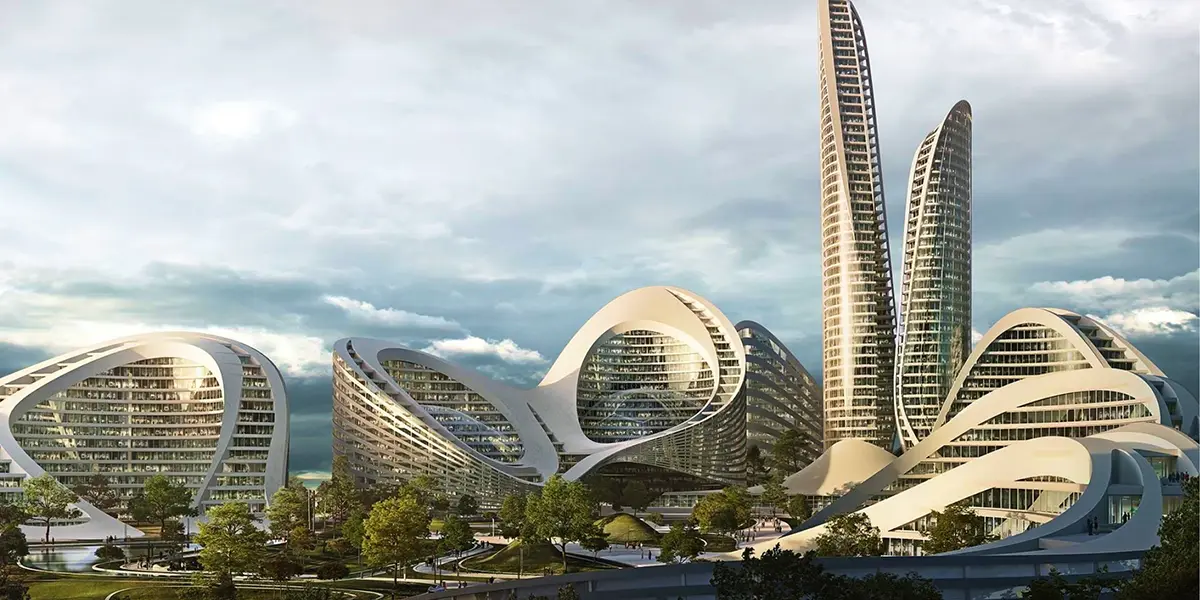
Impact on Solar Panel Costs and the US Market
Over the past 12 months, solar panel prices USA have increased by 8–12%. This is due to tariffs as well as the global semiconductor shortage and ongoing supply chain disruptions. What does this mean for consumers? It means that installing a residential solar system now costs, on average, $18,000 to $22,000, compared to $15,000 to $18,000 in 2023.
Experts point out:
- Prices are up — a panel that used to cost $200 now ranges from $230 to $250.
- Delivery times are 4-8 weeks longer.
- Profitability has dropped — ROI for home installations has stretched from 6 to 9 years.
“Tariffs could lead to a 20% drop in solar panel installations this year,” the Solar Energy Industries Association (SEIA) forecasts, citing lower demand driven by higher costs.
Broader Effects on Eco-Construction Costs
The tariffs have impacted not only solar panels but also other materials essential for green home development — including insulation, low-emissivity glass, steel components, and more. As a result, eco-construction costs US have risen by an average of 10–15%. Here’s how the budget has changed.
A 2,000 ft² eco-home in California:
- 2023: $340,000
- 2025: $385,000
Prices for key components have also increased:
- Heat pump: +9%
- Solar battery: +14%
- Water treatment systems: +6%
In contrast, the average cost to build a similarly sized eco-home in Cyprus remains around €280,000–€310,000, with lower equipment costs due to free-trade access and government-backed incentives. Across Europe, construction materials for green homes are often subsidized or taxed at reduced rates, which helps cushion the impact of global house price fluctuations.
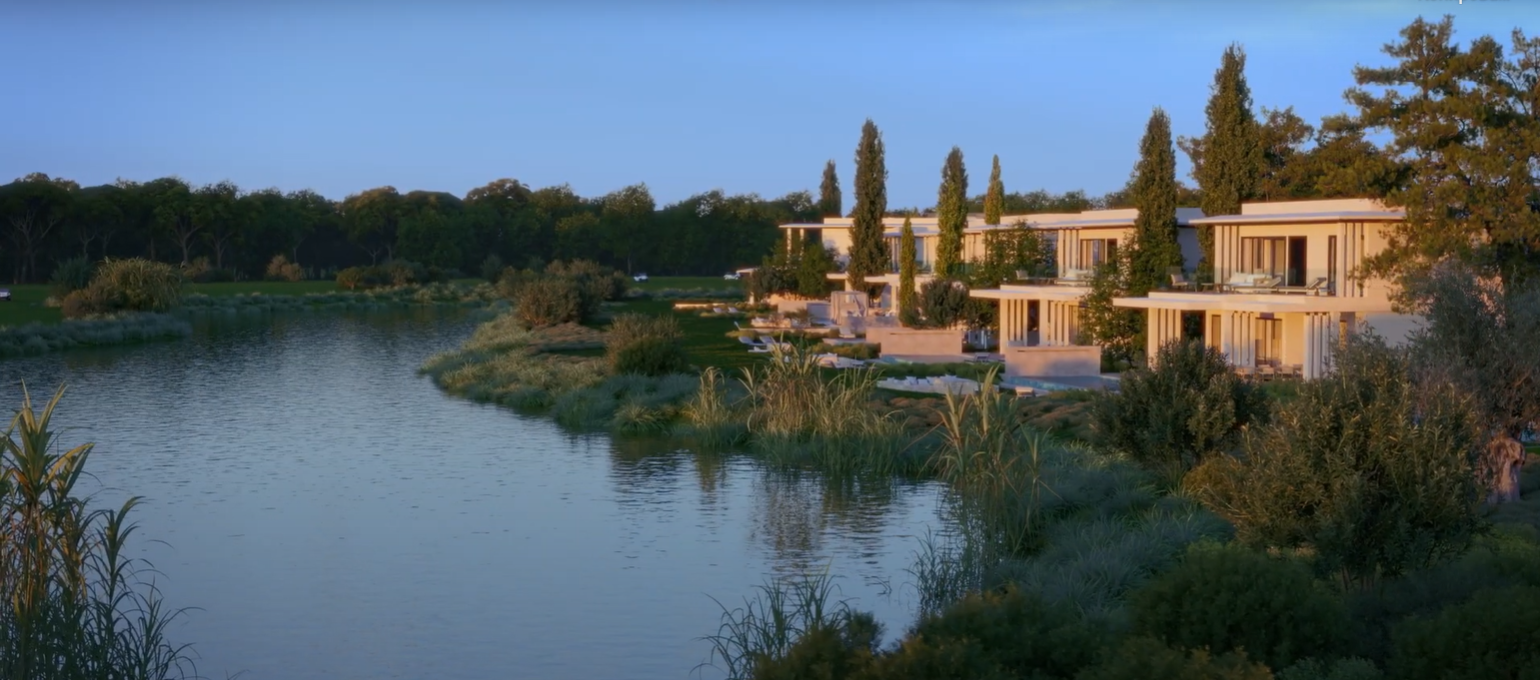
Consequences for the US Green Building and Renewable Energy Sector
Tariff policy is undoubtedly affecting the pace of renewable energy policy USA. Developers focused on sustainable real estate costs are delaying projects or abandoning high-cost solutions.
According to BloombergNEF:
- The number of new applications for solar grid connections has dropped 12% compared to the same period in 2024.
- Investors are favoring projects with short payback cycles.
Jim Lamon, founder of DEPCOM Power, noted in an interview with TIME: “Solar is growing not just because it’s clean, but because it supports the U.S. economy.”
However, tariffs are putting this momentum at risk, limiting the market.
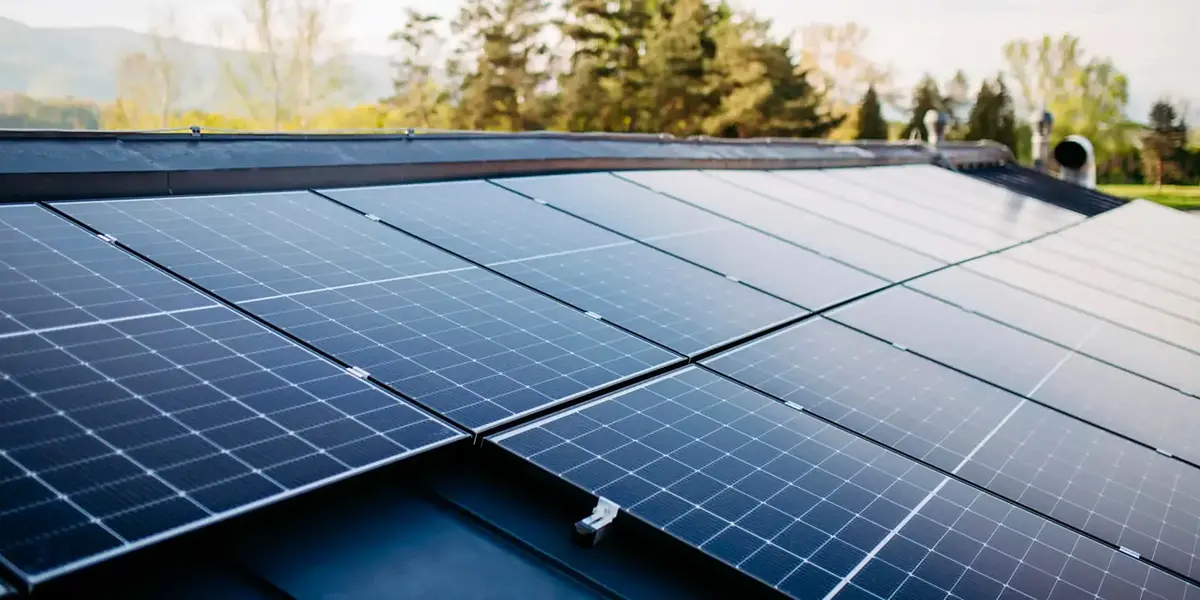
Conclusion
Interest in renewable energy tariffs and green architecture is growing. But new Trump policies on solar panels and tariffs on green technology are making clean energy solutions more expensive.
This could slow down clean energy construction and sustainable home development. It may also increase inflation in building materials and hurt the competitiveness of U.S. manufacturers.
Meanwhile, over in Europe, things are moving more smoothly. Thanks to more straightforward import rules and generous subsidies, the green energy market remains strong. Places like Cyprus are doubling down on renewables — a big contrast to the rising costs and red tape in the U.S.
Businesses are doing their best to adapt to the changes. Some are shifting production back to the States, while others are just looking for new suppliers. If you're a developer or homeowner thinking about going green, it's a good idea to keep an eye on the market. Prices in 2025 are steeper than before — but the push for sustainability and energy independence in the U.S. isn’t going anywhere.

